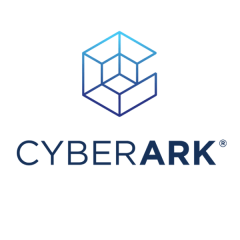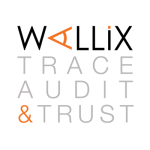For CyberArk Privileged Access Manager, use cases are providing just-in-time privileged access. The most simple use case is hosting all privileged credentials in a secure manner and managing and controlling access to those credentials. Therefore, controlling access to privileged endpoints is the usual thing that will be done with PAM.
CyberArk Privileged Access Manager has several valuable features. The basic feature is privileged access management with all the processes and procedures that are needed. It has all the relevant features required to provide a PAM project or PAM program. It does everything that is needed. A tangible benefit is that we already have full control of privileged access. We have just started and have onboarded all privileged accounts into the system.
I have noticed areas of CyberArk Privileged Access Manager that could be improved or enhanced in integration with automation tools. It's not quite the same in the cloud, the Privilege Cloud version. The on-premises version allows users to do absolutely everything. When they took it to the cloud, they started cutting things out. The other issue with CyberArk is that they are marketing their new product, SIA, which is based on Privilege Cloud. Users still need to have Privilege Cloud to achieve the same level of functionality as the on-premises version.
We are still early in the roadmap and haven't progressed far enough to identify additional needs. When organizations reach the end of their maturity roadmap, they can better identify specific tool requirements that aren't currently available.
We have been deploying CyberArk Privileged Access Manager for two years now and counting.
The evaluation of customer service and technical support for CyberArk Privileged Access Manager depends on several factors. When receiving support directly from CyberArk, they are the most knowledgeable, though they don't always have immediate solutions as they might need to create them, which can take considerable time. For instance, the Ansible integration for the cloud version has been requested for years.
When working with CyberArk partners for support, it's crucial to ensure they have actual knowledge and aren't just acting as middlemen. There have been instances where third parties are hired to provide first and second line support, but they simply forward requests to CyberArk without adding value to the process.
We used a deployment partner recommended by CyberArk for the deployment and maintenance process. One crucial step that should be done first is creating an inventory of how privileged access is currently handled and where it is needed. Without this inventory, you might deploy CyberArk and realize it doesn't work with your existing architecture or infrastructure.
Our implementation team consisted of approximately 15 people, including architects, engineers, application owners, network specialists, Windows and Linux administrators, database administrators, and cloud specialists. While maintenance requires fewer people, input from all these stakeholders is crucial for successful implementation as they each have different requirements.
Most importantly, this needs to be a management-driven initiative with a top-down approach. Management must establish new working methods, as the biggest barrier to acceptance is typically resistance to changes in working procedures.
For ongoing operations, the staffing requirements depend on the company's operations. Typically, 24/7 coverage requires at least three people per shift in a follow-the-sun model. This accounts for first and second line support only, with additional staff needed for server maintenance, totaling around nine people.
The primary problem addressed by implementing CyberArk Privileged Access Manager is the lack of control over privileged access - where it happens, how it occurs, and what is done with that access. When attempting to attack an enterprise, attackers target the highest-privilege credentials available. Therefore, protecting the most critical credentials within your organization is essential.
For those planning to deploy CyberArk Privileged Access Manager, it's crucial to understand that it's a multi-year program. It's not just about deploying the tool; it needs policies and governance around it. Additionally, infrastructure modifications are necessary to ensure PAM is the only way to provide privileged access to endpoints.
It's a great product that does everything required from a PAM tool. I would rate CyberArk Privileged Access Manager as a nine out of ten.



















